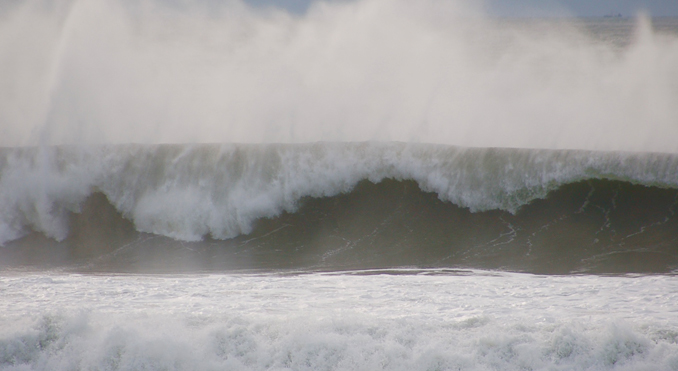
Imagine Surfing

Surfing demands a high level of physical fitness, and we continue to learn how mental strength is just as important to be successful in the water. While catching a wave requires you to stay in the moment, we can also prepare in advance how to be better surfers.
You can improve how well you surf and feel more confident in the water if you use the power of visualization. The brain does not know the difference between the mental rehearsal and the real thing, so use that power to your advantage.
Be careful about what scenarios you mentally rehearse. Your brain is extremely powerful.
Clearing your mind, which means you are relaxed, being mindful and calm, and not racing through your to-do list, take a step back and visualize from a third person perspective. You can imagine yourself surfing as if you are the star of your own movie, and you can also visualize what you are seeing when you are on the wave; the waves you encounter paddling out, or the view of the beach when you are picking your spot in the line-up. You may even have moments during this process where your body feels the adrenaline of a set rolling in, or thinking you are about to be caught inside. This is the power of our mind replicating the feeling of being in the water without surfing in that moment.
Try remembering when you timed something poorly and see if your body reacts just by thinking about it. Imagine if you can harness that power to become stronger in your mind and on your board.
Since surfing is about expecting the unexpected, you know conditions are always changing, the people in the water are unpredictable, and every wave presents a new landscape to navigate. Like snowflakes, they will never ever be the same. This can be stressful if you are newer to surfing, and everyone can benefit from mentally preparing for novel situations and conditions. What if you made a conscious effort to mentally rehearse the best-case scenario?
Just like learning, we best acquire skills when we engage all our senses. It is the difference between reading a book about a country we have never visited, and experiencing the food, the scents, the atmosphere, hearing the sounds and interacting with the people when traveling there. Visualize every aspect of your perfect session using every sense available to you. Our brain responds to what is vivid and authentic, so keep your mind engaged.
We hear about this practice in yoga, and it is often overlooked in other athletic activities. The focus on the breath, the present, the consistency, and repetition are important for the moments when your brain and muscle memory take over, without the conscious effort and force. You want to feel like you have caught ten great waves before you pop-up to catch your first one.
We can have an adequate amount of sleep, a healthy diet, complimentary workout routine, and stay hydrated, but if we do not keep stress at bay, and practice visualizing success, our skills may stay stagnant. We cannot separate the body and mind when training for anything.
The good news is, the better you get at visualizing, the more you are rewiring your brain, which leads movements while surfing to become more automatic. And for those that tend to overthink, hesitate or second guess their instincts, neuroplasticity from this practice of visualization takes over and will guide you. What if you had to think about how to paddle or pop-up each time?
Another little trick is to visualize in slow motion, the opposite of the scenes and background music associated with many surf films. To reduce stressful states, try using a calm approach to think about what you want to achieve. And remember to stay positive. If you surf, chances are you already have heaps of positive associations with it, which keeps you going back for more. Getting excited to surf, hearing there is a swell coming or the conditions will be perfect, is already built in. Now it’s time to mix in the positive mental imagery you have been practicing before you even approach the beach and paddle out into the line-up.

